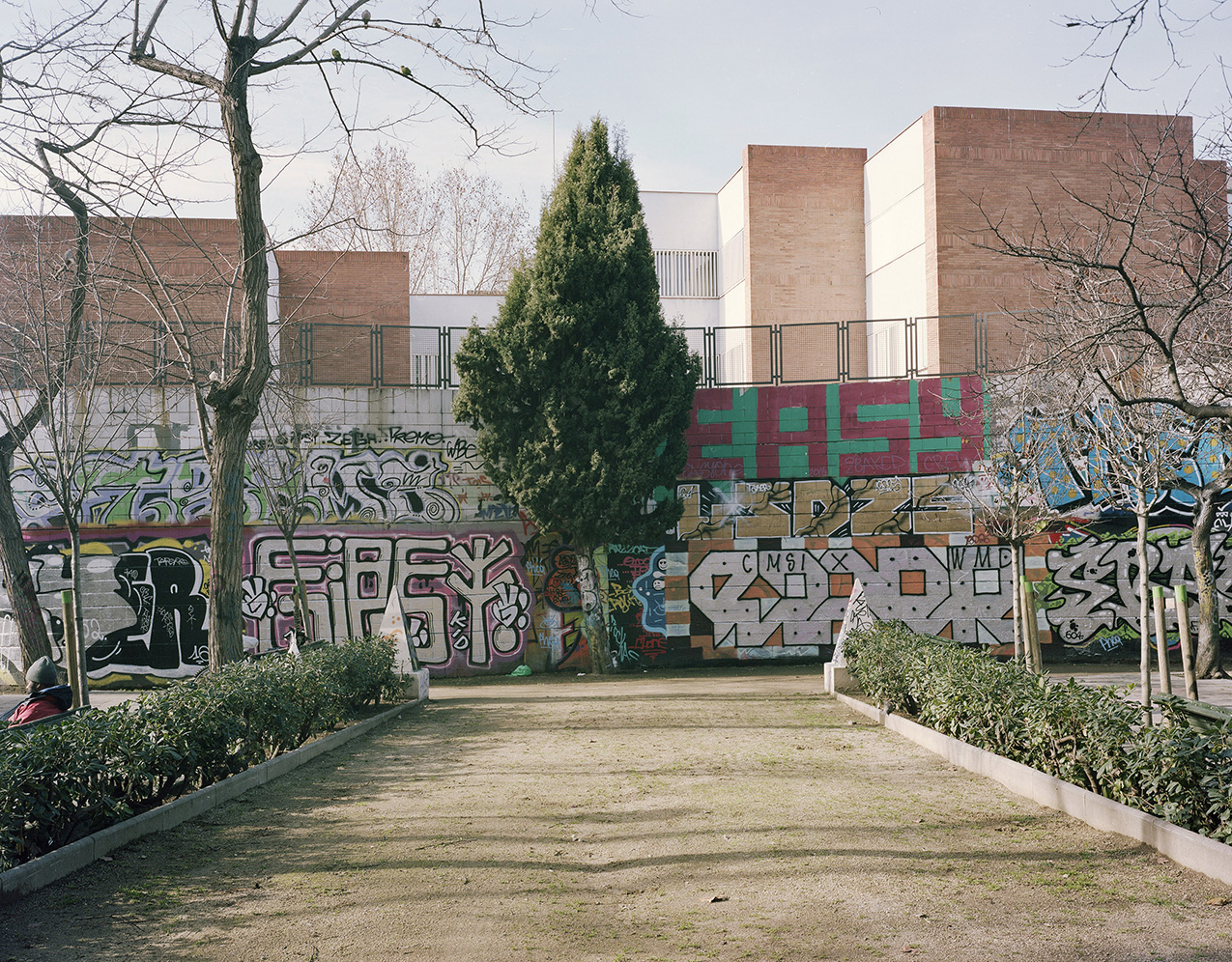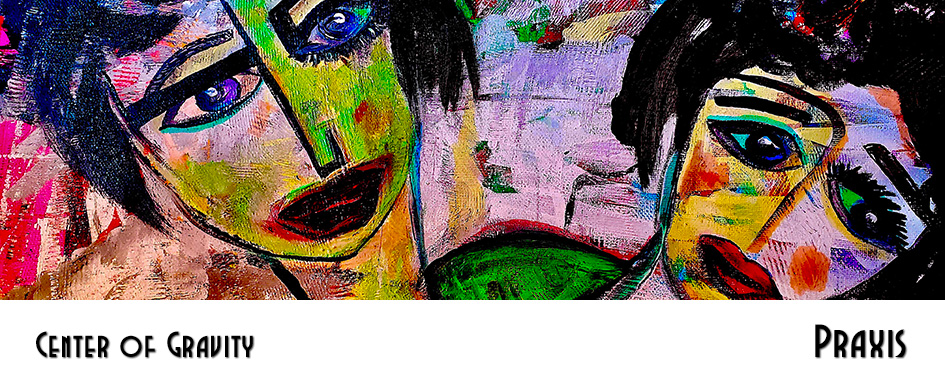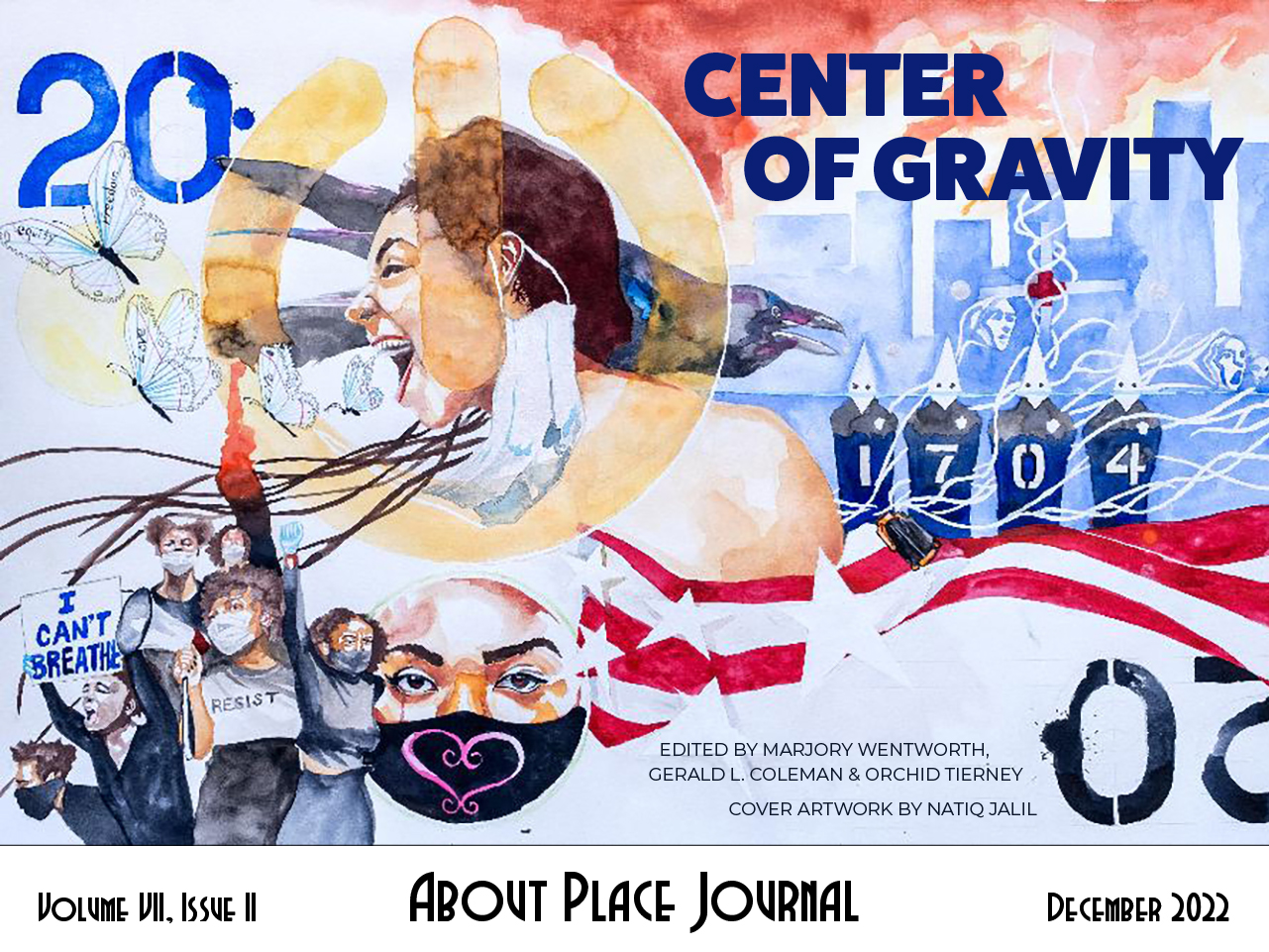Here is how it begins:
we walk along the ancient wall
that once bound the old city.
It is morning, yes, but still
so dark; after all, the clocks
are set a full hour ahead,
a vestige of Franco’s desire
to crush time and place
with his love for Germany.
Behind us looms Montjuïc,
a mountain too beautiful
to be free, the site of a prison
for those who were, as the state
once put it, unrecoverable.
Now, those ghosts of dissidents,
communists, and anarchists
bow to weekend hikers
and art museum lovers.
In the distance, Columbus
hovers above the traffic circle
and points toward empire.
This park is so simple,
a mere bauble in a necklace
of greener, prettier parks,
and yet, the Jerusalem thorns
and silk floss are magical
in their control, like a camera,
guiding the architecture
of our minds to the graffiti:
sad venom
never easy
like paper, a palimpsest
of layers, new lines and waves
of color constantly supplanting
the old, so insistent
in their connection to the past,
to the people, not a trespass
or violation, but a garland
of flowers that says we were here.



